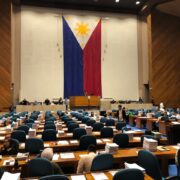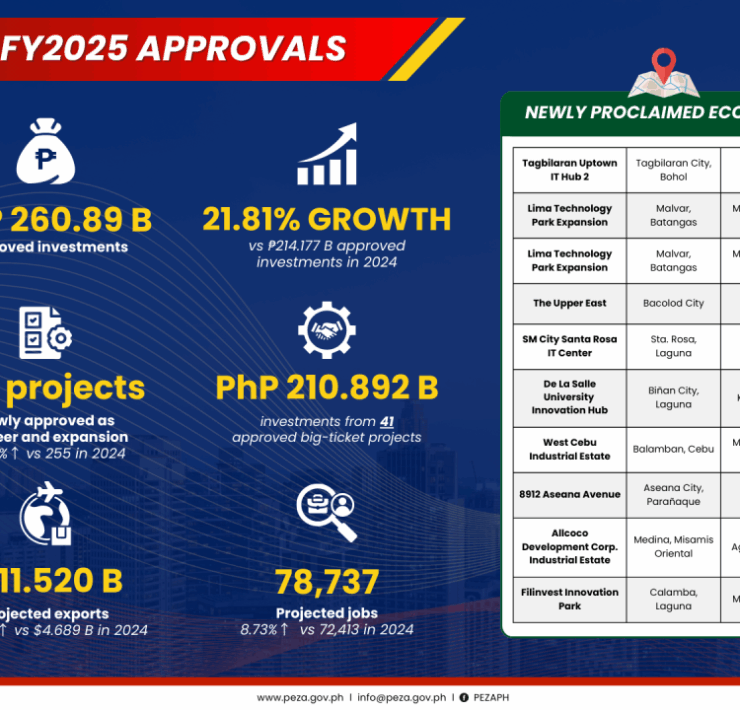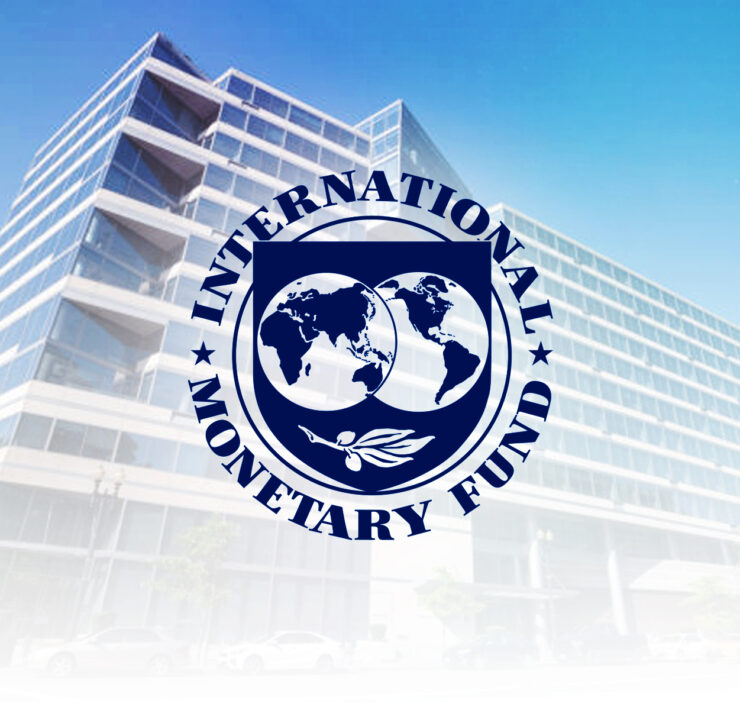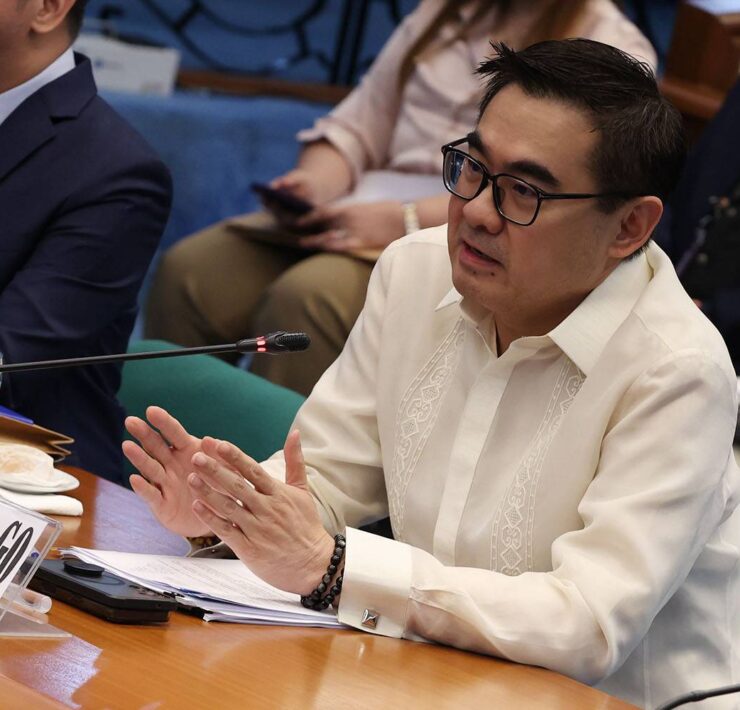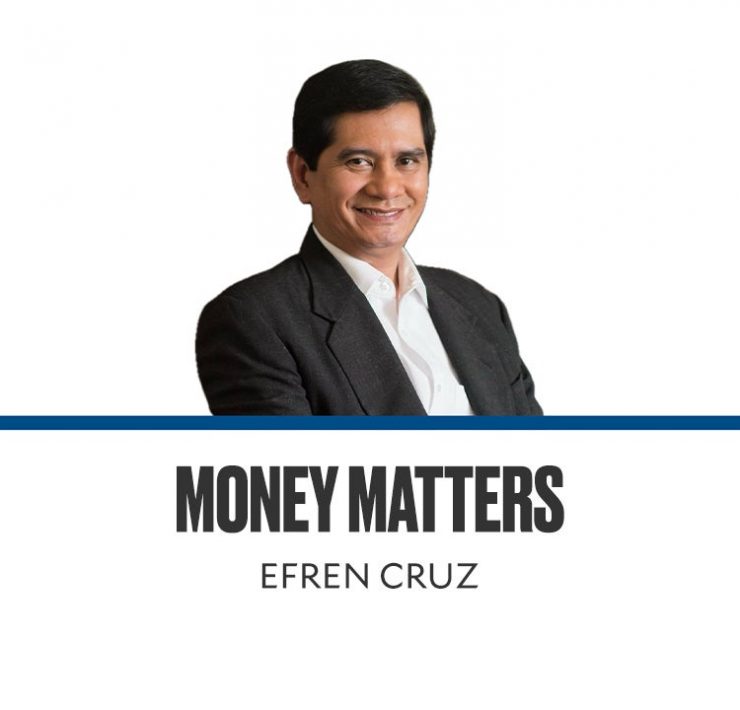Why we also need to invest globally
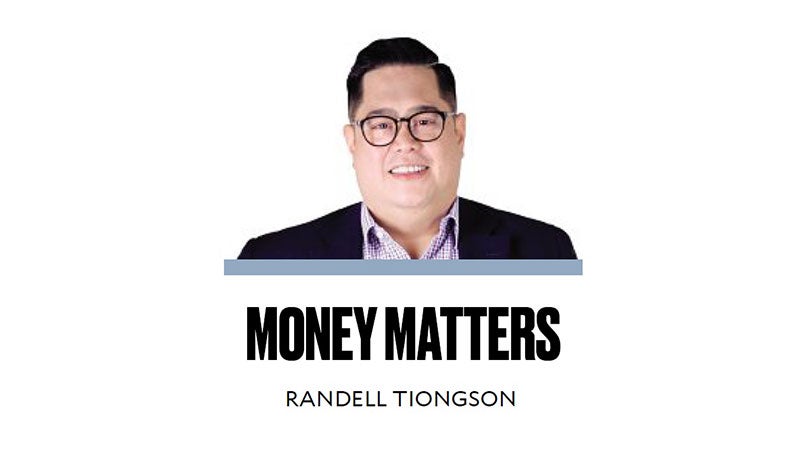
In an increasingly interconnected world, the importance of diversifying investments globally cannot be overstated. For Filipinos, who traditionally favor local investment options such as real estate, small businesses and local stock markets, expanding horizons to include international assets can offer numerous advantages. By looking beyond the Philippines, investors can mitigate risks, seize global opportunities and secure a more resilient financial future. Here’s why diversifying globally should be a priority for Filipino investors:
1. Spread risk across markets
One of the fundamental principles of investing is to avoid putting all your eggs in one basket. The Philippine economy, while robust and steadily growing, is not immune to local shocks such as political instability, natural disasters or economic downturns. Diversifying globally spreads investments across multiple markets, reducing the risk that a single event could significantly impact your portfolio.
For instance, while the Philippine Stock Exchange (PSE) offers opportunities, it remains limited in size and sector diversity compared with global markets. By investing in international stocks, bonds or funds, Filipinos can access sectors like technology, pharmaceuticals and renewable energy that may not be as prevalent locally.
2. Hedge against currency fluctuations
The Philippine peso’s value can fluctuate significantly against major global currencies like the US dollar or the euro. By holding investments in foreign currencies, Filipino investors can hedge against the risk of peso depreciation, which can erode the purchasing power of local assets.
For example, overseas Filipino workers (OFWs) who save and invest in US dollars can benefit from currency appreciation while also building wealth in more stable financial systems. Similarly, global investments can protect against inflationary pressures in the Philippines, ensuring the value of one’s savings is preserved.
3. Access high-growth opportunities
The world’s largest economies, such as the United States, China and Germany, often present investment opportunities that are not readily available in the Philippine market. These countries host multinational corporations and cutting-edge industries that drive significant economic growth.
Investing globally allows Filipinos to participate in these high-growth areas. For example:
- Technology: Companies like Apple, Amazon and Tesla are global leaders in innovation.
- Health care: The pharmaceutical and biotech sectors in the US and Europe continue to expand, driven by aging populations and medical advancements.
- Green energy: Countries like Germany and Denmark lead in renewable energy technologies, offering opportunities in a sector that aligns with sustainability goals.
4. Diversify economic exposure
The Philippine economy is heavily influenced by sectors like agriculture, services and remittances from OFWs. While these are significant contributors, they also make the economy vulnerable to specific risks, such as climate change or global labor trends. By diversifying internationally, Filipino investors can reduce dependence on local economic performance.
Global diversification ensures exposure to multiple economic systems, each with its strengths and cycles. For instance, while one country might be in a recession, another could be experiencing growth, helping balance overall portfolio performance.
5. Leverage global financial tools
International markets provide access to advanced financial instruments and tools that may not yet be widely available in the Philippines. These include exchange-traded funds (ETFs), real estate investment trusts focused on global properties and cryptocurrency platforms regulated by reputable jurisdictions.
These tools allow for more tailored and strategic investment approaches, catering to diverse risk appetites and financial goals. Moreover, global markets often have higher levels of transparency, regulatory standards and investor protection, adding layers of security for Filipino investors.
6. Prepare for long-term growth
Global diversification is a long-term strategy. As the world continues to evolve, emerging markets in Africa, Asia and Latin America are likely to become significant players in the global economy. Investing in these regions early could yield substantial returns in the future.
Similarly, as industries like artificial intelligence, space exploration and sustainable development grow, having a globally diversified portfolio ensures that Filipino investors are well-positioned to benefit from these advancements.
Practical steps for Filipinos to start investing globally
If the idea of global investing feels overwhelming, here are practical steps to get started:
- Research and educate yourself: Understand the basics of global markets, currency risks and the economic outlook of different countries.
- Use online platforms: Many online brokerage platforms now allow Filipinos to invest in global stocks, ETFs and mutual funds with relative ease.
- Consider managed funds: For those new to investing, global mutual funds/UITFS or professionally managed portfolios can provide a low-maintenance way to gain exposure to international markets.
- Start small: Begin with a modest amount to test the waters and gradually increase your exposure as you gain confidence.
- Consult financial advisors: Seek advice from professionals who specialize in global investing to create a personalized investment strategy.
As Filipinos, embracing global investment opportunities is no longer just an option—it’s a necessity for building a robust and future-ready portfolio. Diversifying internationally provides protection against local risks, access to high-growth industries and the chance to participate in the dynamic global economy. By taking deliberate steps toward global investing, Filipinos can ensure that their financial aspirations are not only secure but also positioned to thrive in an ever-changing world.
Randell Tiongson is registered financial planner of RFP Philippines. To learn more about personal financial planning, attend the 110th RFP Program this March 2025. Email info@rfp.ph for details.




